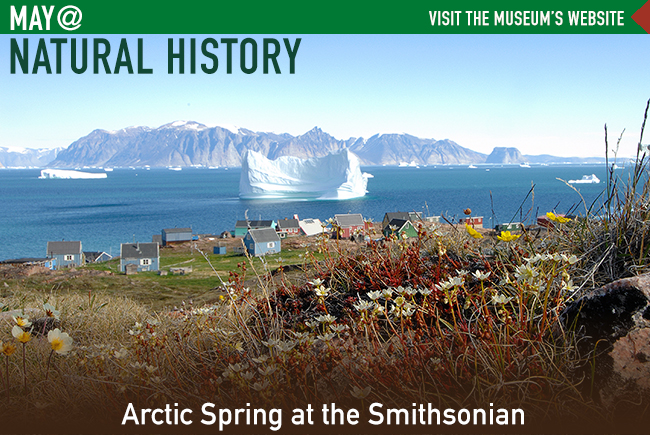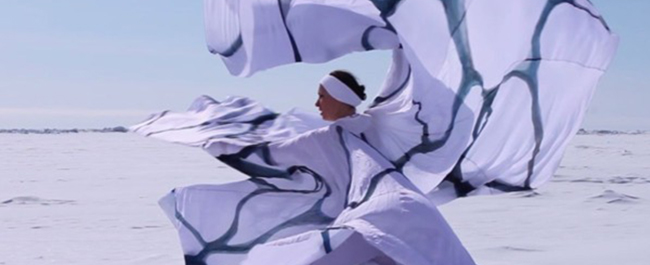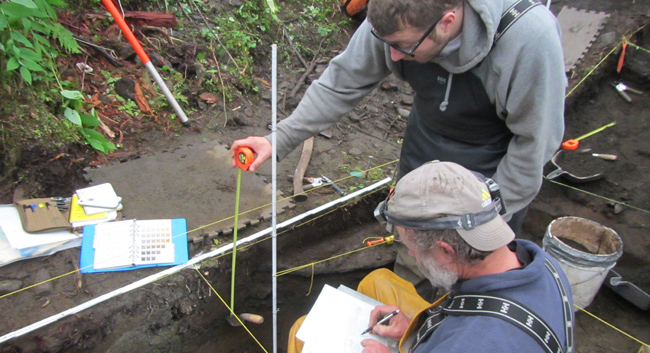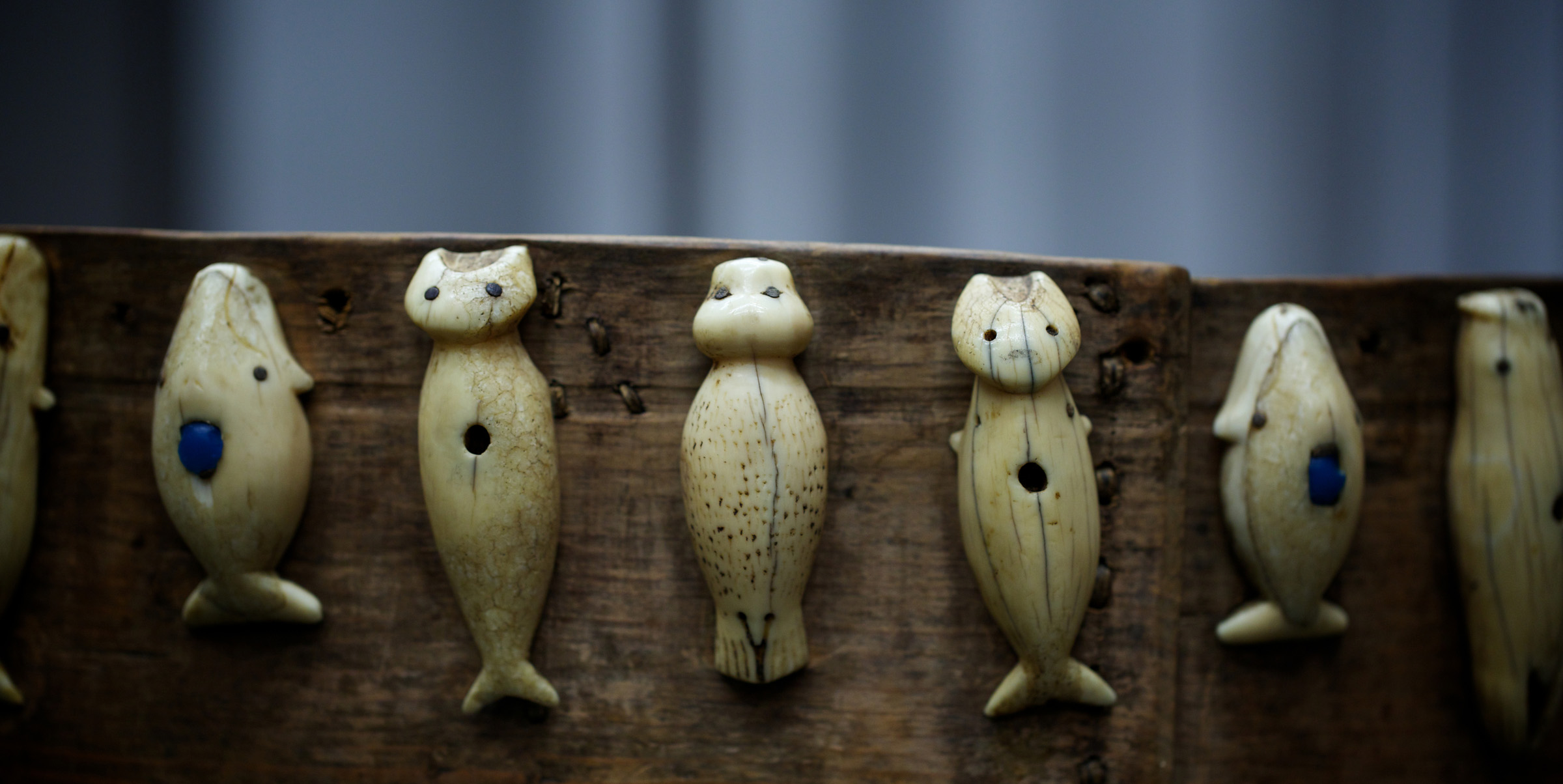| VIEW THIS EMAIL IN YOUR BROWSER > |
 |
 |
|
 |

Credit: Jody Sperling, "Ice Station Practice 7." Join us on May 9 for a performance of "Ice Cycle" during the Arctic Spring Festival.
|
| Arctic Spring Festival: May 8 - 10, 2015 |
Matching Climate Facts, Feelings and Actions through a Million Nudges |
Arctic Spring will feature three days of free programs including a symposium, science displays and interactives, family events, artifacts and art, cultural and musical performances, and films.
Highlights include:
Friday, May 8, 1:30 - 4:30 p.m.
Symposium, "Why the Arctic Matters: Applying a 'Human Perspective' to Understanding Arctic Change."
Learn more >
Saturday, May 9, 2:00 - 4:00 p.m.
"Arctic Race" - GameLab: Playtest Our New Board Game.
Learn more and RSVP >
Saturday, May 9, 6:30 - 8:30 p.m.
Music and dance performance, "Ice Cycle."
Learn more and RSVP >
Sunday, May 10, 12:00 - 6:00 p.m.
"Greenland Eyes International Film Festival."
Learn more and RSVP >
|
From science, we know that humans are changing the climate, but we all engage in behaviors that contribute to the problem. The result is dissonance. Our actions aren't consistent with our knowledge, and this dissonance can lead to denial of what we know. How do we turn this cycle around, encouraging actions and behaviors that will in turn strengthen the will to respond to climate change? Small "nudges" that influence our habits can reduce dissonance and free us to act.
Join us for an evening with psychologist and economist Per Espen Stoknes, featuring his new book, What We Think About When We Try Not to Think About Global Warming, as we explore this cycle: Can behavior strengthen attitudes and lead to climate-friendly actions?
Wednesday, May 13, 6:00 - 7:30 p.m.
Q?rius Theater, Ground Floor
Learn more and RSVP >
|
| MORE EVENTS > |

|

Exact replica of repatriated Tlingit Killer Whale Crest Hat in Q?rius. Photo Credit: Smithsonian Institution. |
IN THE MUSEUM: Explore the Collections Zone in Q?rius
|
ON THE WEB: Sharing Knowledge - Alaska Native Collections
|
Explore a variety of natural and cultural objects from the Arctic and beyond in the Margaret A. Cargill Collections Zone in Q?rius, the Coralyn W. Whitney Science Education Center.
More >
|
View Smithsonian collections with Native tradition bearers and learn about the peoples of this northern world.
More >
|
| MORE EXHIBITS > |
 |

|
Live Webcast: How Are Mummies Made?
|
Science Programs for School Groups
|
Join David Hunt from the Museum's Department of Physical Anthropology for a live webcast, "Mummy Science: Natural and Cultural Preserved Remains." He'll explore the mysteries of mummies and answer your questions during this interactive event.
Thursday, May 7, at 11:00 a.m. and 2:00 p.m. EDT
Learn more >
View the webcast live at qrius.si.edu/live >
|
On weekday mornings from October to June, a variety of
free, 60-minute, standards-aligned, staff-led school programs for
students in grades 6 through 12 are offered in Q?rius, the Coralyn W. Whitney Science Education Center.
Browse Q?rius School Programs >
Download the Q?rius Teacher's Guide > |
| Experts Are In! |
Experts are in Q?rius and Museum exhibition halls every week to talk with visitors about current research.
View the current schedule > |
| MORE EDUCATIONAL PROGRAMS > |
 |

Credit: Mark Luttrell. Aron Crowell and student Pierce Bateman record stratigraphic layers at a site in Yakutat Bay, Alaska, 2013.
|
Arctic Studies Center Research
|
Recovering Arctic Voices |
The Arctic Studies Center explores cultures, history and environments of
the northern part of the globe, and conducts research throughout the
circumpolar region.
Read more > |
Learn about collaborative projects of the Smithsonian's Recovering Voices Initiative and the Arctic Studies Center focusing on language, arts and traditions of Native Alaskan peoples.
Read more >
View video: Sharing St. Lawrence Island Yup'ik Language and Culture > |
| MORE RESEARCH > |
 |

Credit: Ash Adams, the Smithsonian's Museum of the American Indian, Living Our Cultures Exhibition.
|
| Support the Museum Today |
Volunteer Opportunities
|
In a swiftly changing world, your support will go towards saving expressions of diverse cultures- as exemplified in an historic feast bowl with ivory whale carvings from Wales, Alaska (pictured above).
The Museum’s research, collections, educational programs and exhibitions preserve the creativity of many cultures, including those around the Arctic and Pacific Oceans.
View our video to find out more >
Give today to preserve knowledge and collections of diverse cultures >
|
If you have a special interest in one of our many departments or programs, consider becoming a volunteer. Opportunities abound with our visitors, collection specialists and scientists.
Interact with our visitors at Q?rius. Be an ambassador at the Insect Zoo or Butterfly Pavilion. Or, go behind the scenes and help our scientists and administrative staff.
Explore volunteering behind-the-scenes >
Learn about other volunteer opportunities > |
| MORE WAYS TO GET INVOLVED > |
|
|

|
BANNER IMAGE:
Photograph by Wilfred Richard, "Flora and Iceberg in Qaarsut."
Blossoms bloom on a hill above the Greenlandic village of Qaarsut, while an iceberg flows through a fjord on its way to open ocean. The village is on the north side of Nussuaq Peninsula, which overlooks Uummannaq Island.
|
|
|
© 2015 Smithsonian's National Museum of Natural History
10th St. and Constitution Ave., NW | Washington, DC 20013 |
CHANGE EMAIL PREFERENCES > |
|